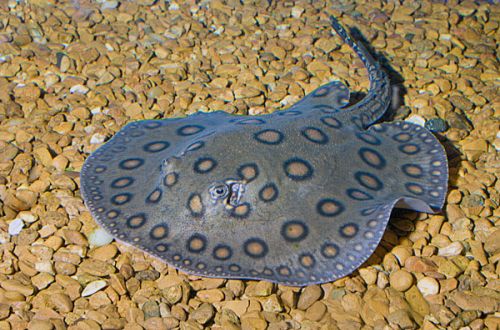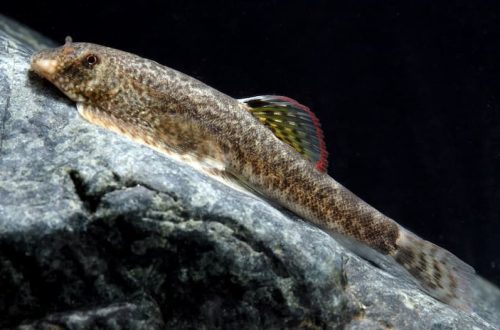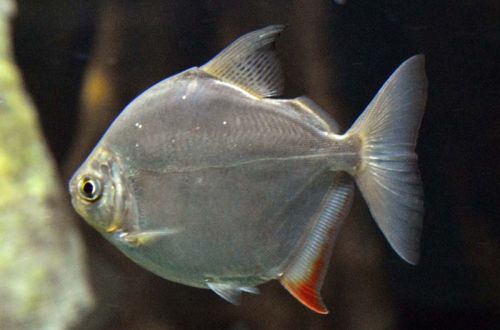
Twin glass catfish
The twin glass catfish, scientific name Kryptopterus geminus, belongs to the Siluridae (Catfish) family. The word “twin” in the name indicates a close relationship with another popular fish – Smoky glass catfish. Previously, they were considered one species. They are often confused on sale, but this does not cause problems, since they are kept in similar conditions.

Contents
Habitat
It comes from Southeast Asia from the lower and middle Mekong basin in Thailand, Laos, Cambodia and Vietnam. Inhabits muddy waters of large tributaries and small streams.
Brief information:
- The volume of the aquarium – from 250 liters.
- Temperature – 20-28°C
- Value pH — 6.0–7.5
- Water hardness – 2–15 dGH
- Substrate type – any
- Lighting – preferably subdued
- Brackish water – no
- Water movement – light or moderate
- The size of the fish is about 17 cm.
- Food – any variety of food
- Temperament – peaceful
- Keeping a group of at least 4-5 individuals
Description
Adults reach a length of up to 17 cm. Outwardly, it is almost identical to the already mentioned Smoky glass catfish. It differs in the following morphological features: somewhat larger, has a narrower head and a longer anal fin. Sexual dimorphism is weakly expressed, males and females practically do not differ from each other.
Food
In nature, it feeds on crustaceans, invertebrates and other zooplankton, as well as smaller fish. In a home aquarium, the diet should consist of a variety of foods, consisting of dry, frozen and live foods.
Maintenance and care, arrangement of the aquarium
The optimal size of the aquarium for a group of 4-5 fish starts from 250-300 liters. The choice of decoration does not matter much if the lighting level is set to a subdued level and there are places for shelters. The latter can be thickets of plants and / or heaps of snags, or any other decorative objects.
Long-term maintenance of the Twin Glass Catfish is possible in stable water conditions within an acceptable range of temperatures and hydrochemical values. To this end, the aquarium is equipped with the necessary equipment and mandatory maintenance procedures are carried out. In particular, weekly replacement of part of the water (20–30% of the volume) with fresh water is carried out and organic waste is regularly removed.
Behavior and Compatibility
Peaceful calm catfish. Able to get along with other species of comparable size. It is worth avoiding overly active and large neighbors in the aquarium, with whom he will not be able to compete for food. It is worth remembering that too small fish, fry can become an accidental dinner.
Breeding / breeding
No successful cases of breeding in an artificial environment have been recorded. In nature, spawning is associated with alternating dry and wet seasons. When the rains come, catfish swim to spawn in flooded areas of tropical forests, where the fry that have appeared are relatively safe in conditions of excess food.
Fish diseases
The cause of most diseases is unsuitable conditions of detention. A stable habitat will be the key to successful keeping. In the event of symptoms of the disease, first of all, the quality of the water should be checked and, if deviations are found, measures should be taken to correct the situation. If symptoms persist or even worsen, medical treatment will be required. Read more about symptoms and treatments in the Aquarium Fish Diseases section.





